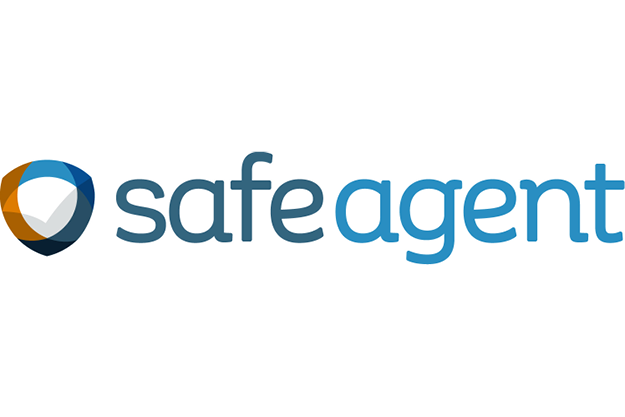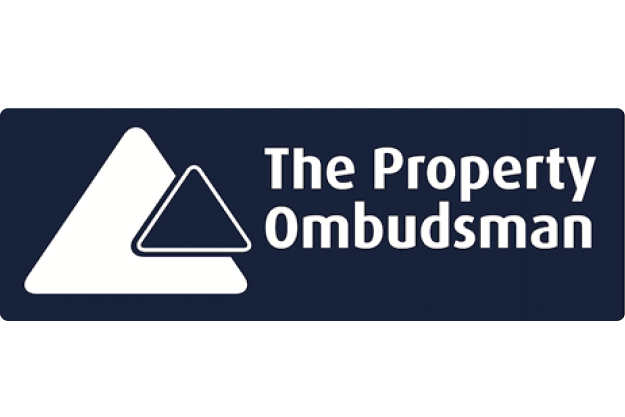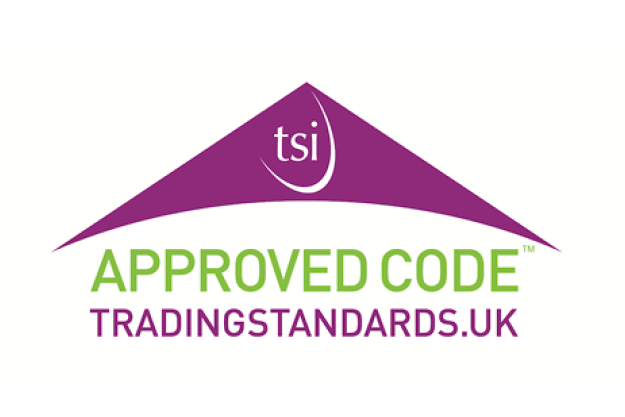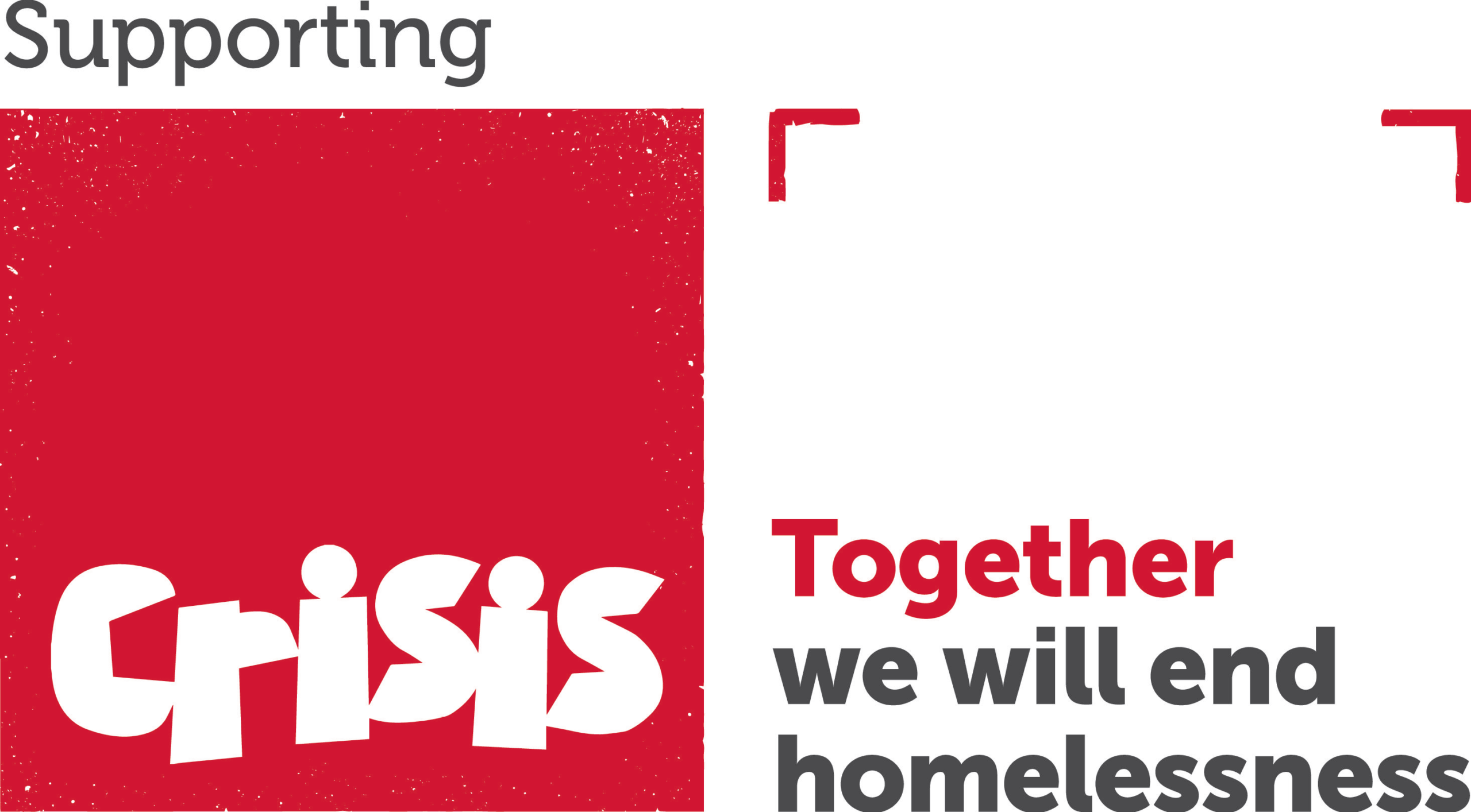A continued shortage of properties for sale and weak demand from buyers led to flat house prices in May, but relentless growth in London and the south-east boosted the annual rate of inflation to 2.3%.
The average price of a UK home in May was £228,000, unchanged on April 2012 on a seasonally adjusted basis, according to the Office for National Statistics.
Miserable weather added to the challenge of selling homes, exacerbated by stubborn buyers, with website Rightmove reporting that sellers now have just 2.7 seconds to convince a buyer to view their property.
The annual rise in house prices of 2.3% was driven by growth of 2.6% in England and 3.5% in Wales and, regionally, by increases of 7.2% in London and rises in the south-east and east Midlands of 3.4% and 2.3% respectively.
Independent buying agent Gabby Adler, said: “While property prices in London continue to rise, in other parts of the country the picture is quite different. Strip out London’s performance from the national average and the numbers are far less impressive.”
She said the low number of transactions continue to be a problem, with a lack of stock and weak demand. “The continuous flow of bad news coming out of the eurozone is not helping and with a resolution not yet in sight, this will continue to have a negative effect on the UK housing market for some time.”
The latest Housing Market Sentiment Survey from Zoopla.co.uk shows that homeowners are confident about the prospects for the housing market over the next six months, with 63% expecting house prices to rise during that time. Nigel Lewis of Zoopla said homeowners “evidently feel that there are some grounds for optimism, despite the backdrop of slow economic growth and tight mortgage lending”.
This could, in part be down to the new “funding for lending” scheme, worth up to £80bn, under which the Bank of England will provide cheap loans to banks for several years, at below market rates, in exchange for the banks lending the money to households and small- and medium-sized businesses.
RBS has announced it will offer first-time buyers with a 10% deposit a five-year fixed-rate deal with no fees, although at 4.79% the interest rate is considerably higher than the 2.99% deal HSBC is offering to buyers with a 40% deposit.
Howard Archer, economist at IHS Global Insight, said: “Housing market activity is persistently low compared to long-term norms and, while it may eventually be lifted by more mortgages being granted at decent interest rates under the funding for lending scheme recently announced by the Bank of England and the Treasury, this is unlikely to be a major factor in the near term at least.”
Mark Harris, chief executive of mortgage broker SPF Private Finance, said: “Increased levels of lending would certainly boost the market, so we are keen to see how lenders respond to the injection of cash via the funding for lending scheme … If other lenders follow suit [and do what RBS has done], helping buyers with more modest deposits access competitive mortgage rates, it should have a positive impact on the housing market.”
The year-on-year increase in prices of 2.3% was offset by declines in Scotland and Northern Ireland of 1.0% and 10.3% respectively, according to the ONS. Regionally, the largest decreases in England were 1.6% in the north-west and 1.2% in the West Midlands; while the ONS said the price of new properties outpaced that of existing homes.
Story courtesy of www.guardian.co.uk



